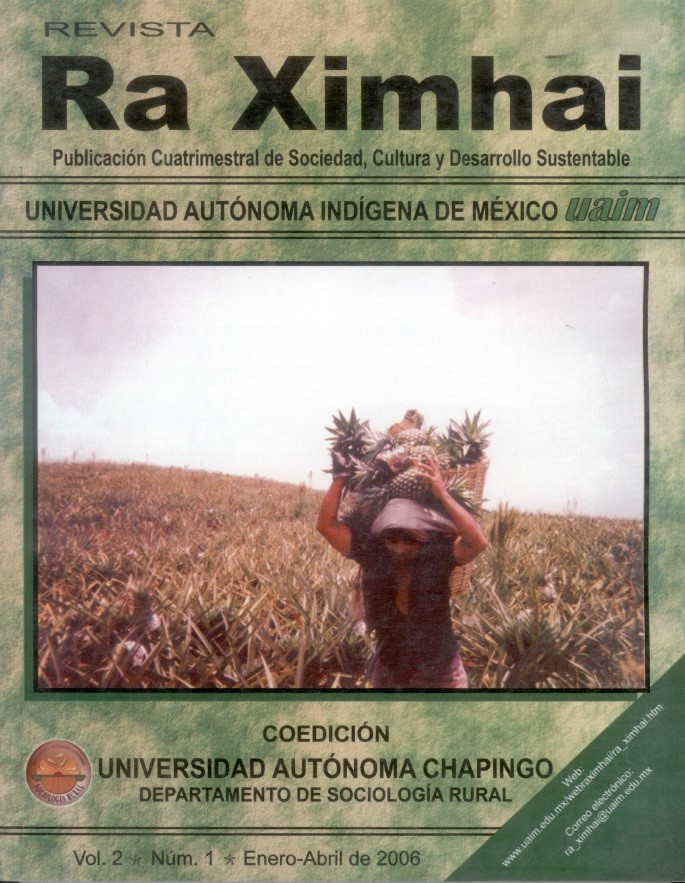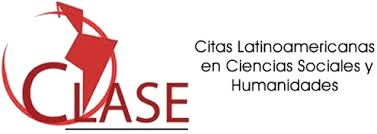Identity, ethnic suffering and cultural issues in indigenous communities in rural areas of Mato Grosso do Sul State, in central-western Brazil
DOI:
https://doi.org/10.35197/rx.02.01.2006.01.sgKeywords:
identity, Guaraní/Kaiowá, Kadiwéu, gender, culture, ethnic sufferingAbstract
Studies whose main objective is to understand the constitution of the identity of Guaraní/Kaiowá and Kadiwéu children in Mato Grosso do Sul. We collected data on culture, environment and identity to compare these two ethnic groups. Psychosemiotics gave us the theoretical and technical basis for the analysis of the children's artistic production. We noted that the difficult access to the reserve and its environmental preservation, the exuberance and originality of its pottery, among other factors, contribute to a greater homogeneity in the works of artistic expression of the Kadiwéu children analyzed. On the other hand, in the group of Guaraní/Kaiowá children, the other reserve studied, their identity is indigenous, their identity is urban. This reserve is located near the city, and suffers from severe environmental damage and loss of knowledge and skills to produce handmade objects that were already an important part of their past culture. In conclusion, all of the above brings us important data to investigate and reflect on gender, culture and ethnic suffering in the formation of their identity.
Downloads
References
Boggiani, G. 1975. Os caduveos. São Paulo. Ed. da Universidade de São Paulo.
Darrault, H. I. 1993. Por une Psychiatrie de L’Ellipse. Paris: Presses Universitaires de France.
Galvão, L. y Díaz, J. 1999. Saúde Sexual e Reprodutiva no Brasil. Relações de Gênero Corpo e Sexualidade. São Paulo: Hucitec Population Council. 183 p.
Greimas, A. J. y Courtés, J. 1993. Sémiotique, dictionnaire raisonné de la théorie du langage. Paris. Hachette Livre.
Grubits, S. 1996. A Construção da Identidade Infantil. São Paulo: Casa do Psicólogo.
Grubits, S. 1998. A Construção da Identidade Infantil II. São Paulo: Casa do Psicólogo. Grubits, S. y Darrault H. I. 2000. Psicosemiótica na construção da identidade Infantil:
um estudo da produção artística de crianças Guarani/Kaiowá. São Paulo: Casa do Psicólogo; Campo Grande: Universidade Católica Dom Bosco.
Grubits, S. y Darrault, H. I. 2000. Novos rumos para estudos da identidade em populações indígenas através da semiótica. Psicologia e Sociedade 12: 90-109.
Grubits, S. y Darrault, H. I. 2001.Transculturalité et représentation de L’space chez les Guarani-Kaïowa du Brésil. In: The Journal of the International Association for Visual Semiotcs. Canadá: Visio. Vol. 6. Números 2-3.
Heberts, A.L.1998. Os Mbayá-Guaicurú: Área, Assentamentos, Subsistência e Cultura Material. Dissertação de mestrado em História, na área de Estudos Históricos Ibero- Americanos. São Leopoldo: Instituto Anchietano de Pesquisas/UNISINOS.
Lévi -Strauss, C. 1962.La pensée suavage. Paris: Plon.
Luquet, G. H.1994. L’Art Primitivy. Paris: PUF.
Pereira, M. A. 1995. Uma Rebelião Cultural Silenciosa. Brasília: FUNAI.
Ribeiro, D.1980. Kadiwéu. Ensaios etnológicos sobre o saber, o azar e a beleza.
Petrópolis: Vozes.
Siqueira, J. J. G. 1993. Arte e Técnicas Kadiwéu. São Paulo: Prefeitura de São Paulo. 16- 159 p.
Wallon, P.; Cambier, A.1990. ENGELHART, Dominique. Le dessin de l’enfant. França: Press Universitaires de France.
Widlöcher, D.1998. L’interprétation des dessins d’enfants. Sprimont: Pierre Mardaga, éditeur.
Downloads
Published
How to Cite
Issue
Section
License
Copyright (c) 2006 Sonia Grubits. , Ivan Darrault Harris

This work is licensed under a Creative Commons Attribution-NonCommercial 4.0 International License.
Usted es libre de:
- Compartir — copiar y redistribuir el material en cualquier medio o formato
- Adaptar — remezclar, transformar y construir a partir del material
- La licenciante no puede revocar estas libertades en tanto usted siga los términos de la licencia
Bajo los siguientes términos:
- Atribución — Usted debe dar crédito de manera adecuada , brindar un enlace a la licencia, e indicar si se han realizado cambios . Puede hacerlo en cualquier forma razonable, pero no de forma tal que sugiera que usted o su uso tienen el apoyo de la licenciante.
- NoComercial — Usted no puede hacer uso del material con propósitos comerciales .
- No hay restricciones adicionales — No puede aplicar términos legales ni medidas tecnológicas que restrinjan legalmente a otras a hacer cualquier uso permitido por la licencia.








